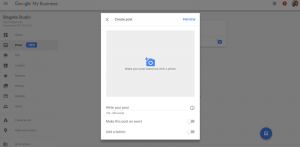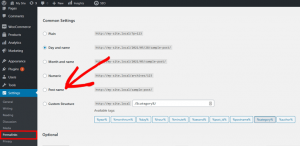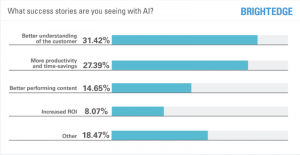— July 30, 2019
Many finance departments can identify with the regular stress that seems to go hand-in-hand with the end of the month, from the sudden, impending deadlines to the rush to process, record, and analyze information. This rush often involves chasing other stakeholders in the business for outstanding information.
Finance leaders spend most of this time identifying wrinkles and ironing them out to ensure that their organizations make the most out of the available resources. The rest of the month is spent preparing and getting ready to face this critical point at the end of the month. What’s even more hectic and hard to handle is the end of the year financials.
It is, therefore, no surprise that more and more organizations are championing the benefits of using automation to deal with their finance processes.
How are manual processes failing the finance function?
A finance department that is relying too heavily on outdated manual processes is leaving itself open to a number of risks and inefficiencies. From a data integrity perspective, the fact that information is spread across an array of sources such as spreadsheets, emails, and paperwork only increases the likelihood of errors and inconsistencies in the process. The same goes for financial processes that demand different types of employee intervention.
Organizations with manual finance processes often find that their lead times are longer, including more regular delays as missing information is chased or mismatching information is verified. In addition, when financial processes are handled manually, there is little to no visibility.
Without proper insights into financial trends, businesses can neither understand the logic behind their fluctuating financials nor can they make smart business decisions. Manual processes demand more administrative time to process and correct data that should already be accurate in place. As a result, the cost involved in performing financial functions spikes up with the time taken to get them done.
Which finance activities can be automated effectively?
The finance function is made up of a multitude of different tasks and processes, spanning almost every part of the organization. Naturally, some processes are easier to automate than others. Much depends on the scope of tasks, the number of stakeholders or processors required, and the amount of human intervention needed.
In general, however, it is beneficial to add an element of automation to the vast majority of finance processes, from credit card and bank reconciliations to cost allocations, the creation of journal entries, and everything in between.
What benefits can automation bring to finance processes?
The concept of a continuous approach to accounting is gaining momentum across the finance industry. Automation can greatly assist in this approach. Continuous accounting is a way of working that relies much less on the traditional manner of conducting the bulk of work at the month’s end. Instead, it spreads the key tasks associated with the finance function across the month. This approach is a great way to avoid the well-known bottlenecks that can occur at certain times. It also enables the organization to plan and budget more effectively for headcount requirements.
Automation plays a key role in continuous accounting and is an enormous enabler of this concept. It allows for many of the routine, heavy administrative tasks such as the keying of data and running of reports to be done automatically or as a pre-designed workflow. This means that the majority of the required information is ready when it is needed.
Additionally, automation makes it much easier to detect errors or inconsistencies in data at the earliest possible point. This allows for quicker resolution, rather than the sometimes frantic chasing of data that can be seen at the month’s end in many organizations.
Automation can also help reduce the use of spreadsheets. While undeniably an improvement to traditional, paper-based accounts, finance personnel often spend too much of their time managing spreadsheets that are too complex and contain too much manually captured information. This can lead to errors and, ultimately, a lack of trust and integrity in the results.
How do I choose the automation tool that is best for my business?
The fact that there are so many products on the market, promising quick efficiency gains and cost savings, can make it daunting for those new to the concept of automation. Undertaking a comprehensive analysis of the operations and performance of your finance function is an excellent place to start. This will help you better understand what is working well and where opportunities for efficiency or cost improvements lie.
This process will enable you to assess how automating your finance processes can benefit your business. Do not be afraid to thoroughly research the market and ask for free demos of finance solutions before investing. It is vital that you choose an automation tool that is best suited to your organization’s specific needs and circumstances.
Business & Finance Articles on Business 2 Community
(60)





